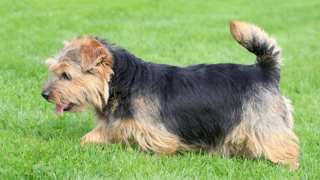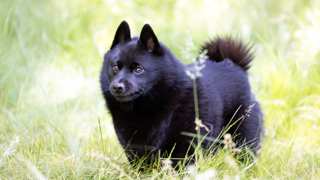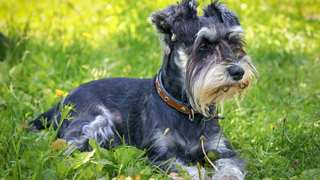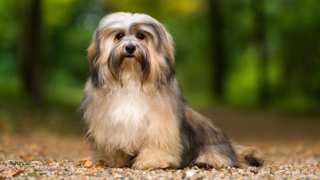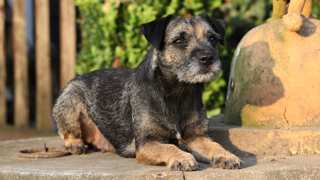Though small, these dogs are athletic and active, and have a history as hunters--so Norwich Terrier exercise requirements are fairly high for a small-sized breed. Norwich Terriers also have a strong work ethic, so they'll need a variety of activities that both condition them mentally (walking, fetch) and stimulate them mentally (games, canine sports).
The typical adult Norwich, depending on its age and overall activity level, will need up to 45 minutes of proper exercise each day. You can start exercising your Norwich puppy when it's 2½ months old by taking it on very short walks, then you can increase the walks' length and frequency as the puppy grows.
A few things to consider with Norwich Terrier exercise: first, puppies younger than eight months old shouldn't do too much jumping, running on hard surfaces, or navigating of stairs, as these can injure their still-developing joints and bones. And regardless of age, all Norwich Terriers absolutely must be leashed when in public. With their history as vermin and small game hunters, these dogs have a very high prey drive, and will instinctively chase interesting-looking critters--birds, squirrels, or cats--unless controlled by a leash. Even when exercising in your own yard, the area will need to be securely fenced to keep the dog from running off after every small animal it sees! And finally: these dogs may suffer separation anxiety if left alone, so exercises you do together are much better.
Precautions aside, it's important to exercise your Norwich Terrier every single day. With their "Triple-T"--Typical Terrier Temperament--these dogs will dig, chew, and bark excessively if bored or restless. Consistent exercise will be great for both the dog's and your own peace of mind! A few Norwich Terrier exercise ideas:
- Walking: Two 15-minute walks per day is a good target
- Fetch: Can be played indoors or out; use the dog's favorite toy
- Hide-and-Seek: Great indoor activity; give the dog a treat when it finds you
- Canine Sports: These dogs can excel at obedience or agility trials and other events
- Dog Park: If properly socialized, Norwich Terriers enjoy the copany of other dogs
- Laser Pointer: Your Norwich will go nuts chasing that "little red dot"
When indoors, it's good to give your Norwich Terrier access to balls or toys that will allow the dog to burn excess energy. Owners should also have a regular daily exercise schedule for the dog, such as walks after breakfast and dinner and a play period in the afternoon.


